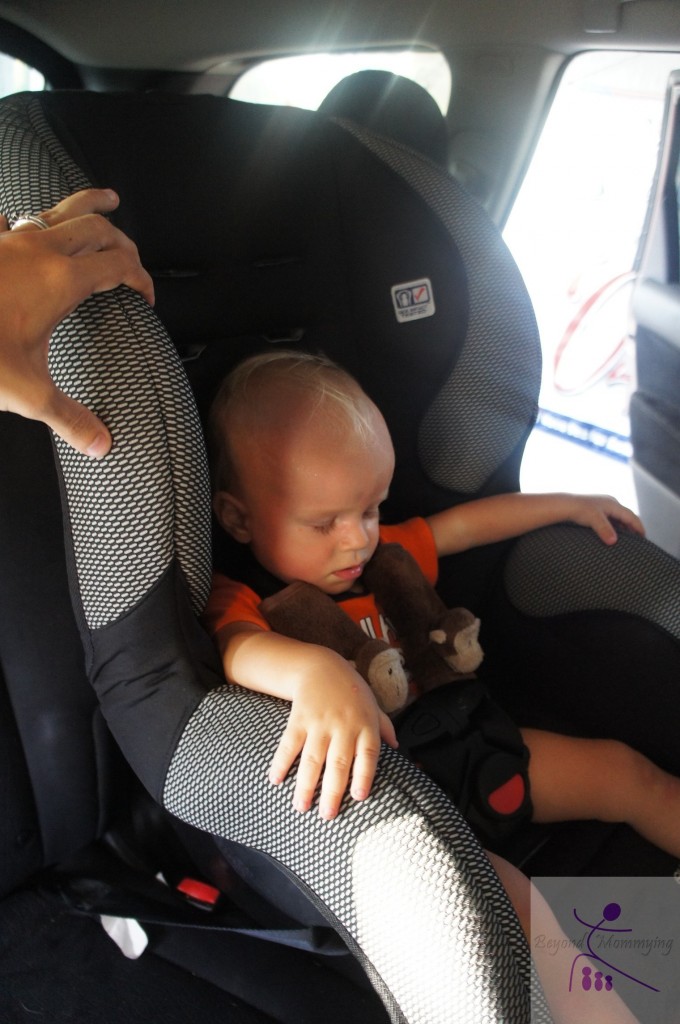 Take a good look at this picture before you read on. Can you spot the 8 common but major car seat mistakes in the picture? If you’re familiar with car seat safety (or a regular reader) hopefully you can spot a few right away and maybe you can easily get all 8. (A few are a bit less talked about and trying to get all 8 in a single picture was a tricky task with my not-so-cooperative boy! NOTE: We did not even start the car with the seat like this, he would have been in great danger from all of the major installation and use mistakes had we driven with him restrained in this manner.)
Take a good look at this picture before you read on. Can you spot the 8 common but major car seat mistakes in the picture? If you’re familiar with car seat safety (or a regular reader) hopefully you can spot a few right away and maybe you can easily get all 8. (A few are a bit less talked about and trying to get all 8 in a single picture was a tricky task with my not-so-cooperative boy! NOTE: We did not even start the car with the seat like this, he would have been in great danger from all of the major installation and use mistakes had we driven with him restrained in this manner.)
Answers (with pictures of my sweet boy restrained correctly. Please pardon the stinky, grumpy faces!):
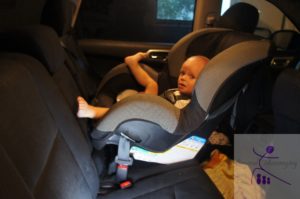 1. He is too young to safely forward face. While turning a baby forward-facing or moving a preschooler into a booster is often seen as a right of passage, every bump up in seat type is basically a bump down in safety. The American Academy of pediatrics now recommends all children ride in a rear-facing car seat until age 2 and the National Highway Traffic Safety Administration recommends all children remain rear-facing until they reach the limits of their rear-facing seat and as close as possible to age 4. Children under the age of 2 are five times safer rear-facing and While the statistics on safety of boosters versus forward-facing harnessed seats are not as clear-cut, it is known that boosters do not provide adequate protection when not used properly. The safety difference comes in the fact that the purpose of car seats are to properly position the child safely whereas boosters are designed to position the seat belt which leaves the opportunity for the child to move out of safe position. The National Highway Traffic Safety Administration recommends children stay harnessed in a forward facing seat until they reach the limits of their forward facing harnessed seat and a minimum of 5 years old.
1. He is too young to safely forward face. While turning a baby forward-facing or moving a preschooler into a booster is often seen as a right of passage, every bump up in seat type is basically a bump down in safety. The American Academy of pediatrics now recommends all children ride in a rear-facing car seat until age 2 and the National Highway Traffic Safety Administration recommends all children remain rear-facing until they reach the limits of their rear-facing seat and as close as possible to age 4. Children under the age of 2 are five times safer rear-facing and While the statistics on safety of boosters versus forward-facing harnessed seats are not as clear-cut, it is known that boosters do not provide adequate protection when not used properly. The safety difference comes in the fact that the purpose of car seats are to properly position the child safely whereas boosters are designed to position the seat belt which leaves the opportunity for the child to move out of safe position. The National Highway Traffic Safety Administration recommends children stay harnessed in a forward facing seat until they reach the limits of their forward facing harnessed seat and a minimum of 5 years old.
2. He is too small to use this seat Forward Facing (this particular seat requires a child to be 22 pounds to face forward, my little guy is under 20). Every child restraint has minimum and maximum height and weight limits for which the restraint has been tested and passed for safety, using a seat above or below these stated limits may cause the seat to not adequately protect the child in the event of an accident. In addition to the stated limits all seats also have rules for when a child is too tall. For most rear-facing seats this when there is less than 1″ of shell above the child’s head (though some allow for the head to be even and others measure from the top of the headrest), and forward-facing the top of the child’s ears must be in the shell/headrest and their shoulders must be below the top harness slot. All the limits can be found in the child restraint owners manual.
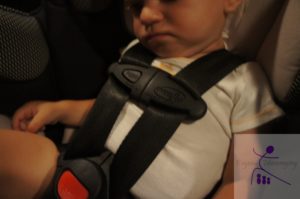 3. The chest clip is too low. It’s not called a belly buckle for a reason, it should be placed on the child’s chest at nipple/armpit level. The chest clip is designed to keep the harness properly positioned on the child’s shoulders and can cause sever injury if placed in the soft part of a child’s belly during an accident.
3. The chest clip is too low. It’s not called a belly buckle for a reason, it should be placed on the child’s chest at nipple/armpit level. The chest clip is designed to keep the harness properly positioned on the child’s shoulders and can cause sever injury if placed in the soft part of a child’s belly during an accident.
4. The harness straps are too loose. Harness Straps should be tight enough that you can not pinch them at the child’s shoulder. Straps that are not properly tightened may not properly restrain a child during an accident.
5. I am Checking for movement at the wrong place. You should only check for movement at the belt path (where the LATCH or vehicle seat belt passes through the child restraint). Properly installed car seats should not move more than 1″ side to side or front to back when firmly grasped at the belt path by your non-dominant hand. Movement at the head of the seat, specifically in rear-facing seats is normal and safe and over tightening to reduce all movement can damage the child restraint.
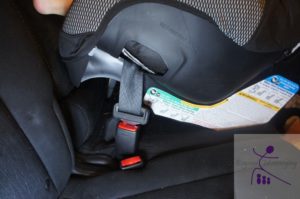 6. I used the wrong belt path. Convertible seats (which can be used rear-facing or forward-facing) have two belt paths, one for rear-facing and one for forward-facing. Using the wrong belt path to install a child’s car seat is extremely dangerous and will not protect a child in the event of an accident. It is important to always read the full instruction manual for your car seat to be sure you understand how to properly install it and belt paths for routing the LATCH strap or vehicle seat belts should be clearly marked on the side of the seat.
6. I used the wrong belt path. Convertible seats (which can be used rear-facing or forward-facing) have two belt paths, one for rear-facing and one for forward-facing. Using the wrong belt path to install a child’s car seat is extremely dangerous and will not protect a child in the event of an accident. It is important to always read the full instruction manual for your car seat to be sure you understand how to properly install it and belt paths for routing the LATCH strap or vehicle seat belts should be clearly marked on the side of the seat.
7. I used LATCH in the center (which is not allowed in this car). This is called “LATCH Borrowing” and must be permitted by BOTH the car seat and vehicle in order to be safe. Generally when installing a seat in the center seating position it is best to use the vehicle seat belt to install. If you prefer to use LATCH, use an outboard seating position but note that a LATCH install is not any safer than a seat belt install, it’s just generally considered easier. (Another note: with the new LATCH standards which limits the use of lower LATCH anchors in most situations to 65 pounds combined child and car seat weight, one might think it’s better to just use both the LATCH belt and vehicle seat belt to install the car seat. It’s not, using both is extremely dangerous, can damage the seat and/or cause the seat to fail during an accident. BUT you should always use the top tether, whether installed with the LATCH belt or vehicle seat belt).
 8. The strap covers did not come with the seat and are after-market products. If it didn’t come with your car seat or isn’t approved by the seat’s specific manufacturer, it’s not safe to use. Car seats are designed to protect your child from injury or death in the event of an accident, anything other than clothes that goes between your child and their seat can change the way the seat functions and possibly even cause the seat to fail. After-market products include those pretty, soft covers, giant comfy strap covers, infant headrests, piddle pads (unless made by your car seat manufacturer–the inserts in the picture at right came with the seat).
8. The strap covers did not come with the seat and are after-market products. If it didn’t come with your car seat or isn’t approved by the seat’s specific manufacturer, it’s not safe to use. Car seats are designed to protect your child from injury or death in the event of an accident, anything other than clothes that goes between your child and their seat can change the way the seat functions and possibly even cause the seat to fail. After-market products include those pretty, soft covers, giant comfy strap covers, infant headrests, piddle pads (unless made by your car seat manufacturer–the inserts in the picture at right came with the seat).
BONUS (not in the picture): 9. It’s not top tethered. Every forward-facing harnessed seat should always be top tethered as it greatly reduces movement at the top of the seat and therefore head excursion of the child and injury. Not all vehicle seats have anchors for top tethers and you can not use a spot that is not approved for tethering car seats (your vehicle owners manual will tell you where your top anchor locations are) and forward-facing seats should always be placed in a seating location where there is a top tether anchor point. All cars after 2002 have top tether anchors and Older cars can often be retrofitted with top tether anchors by the dealer.
Bottom line: read your car seat and vehicle owner’s manual top to bottom, front to back and follow all instructions precisely.


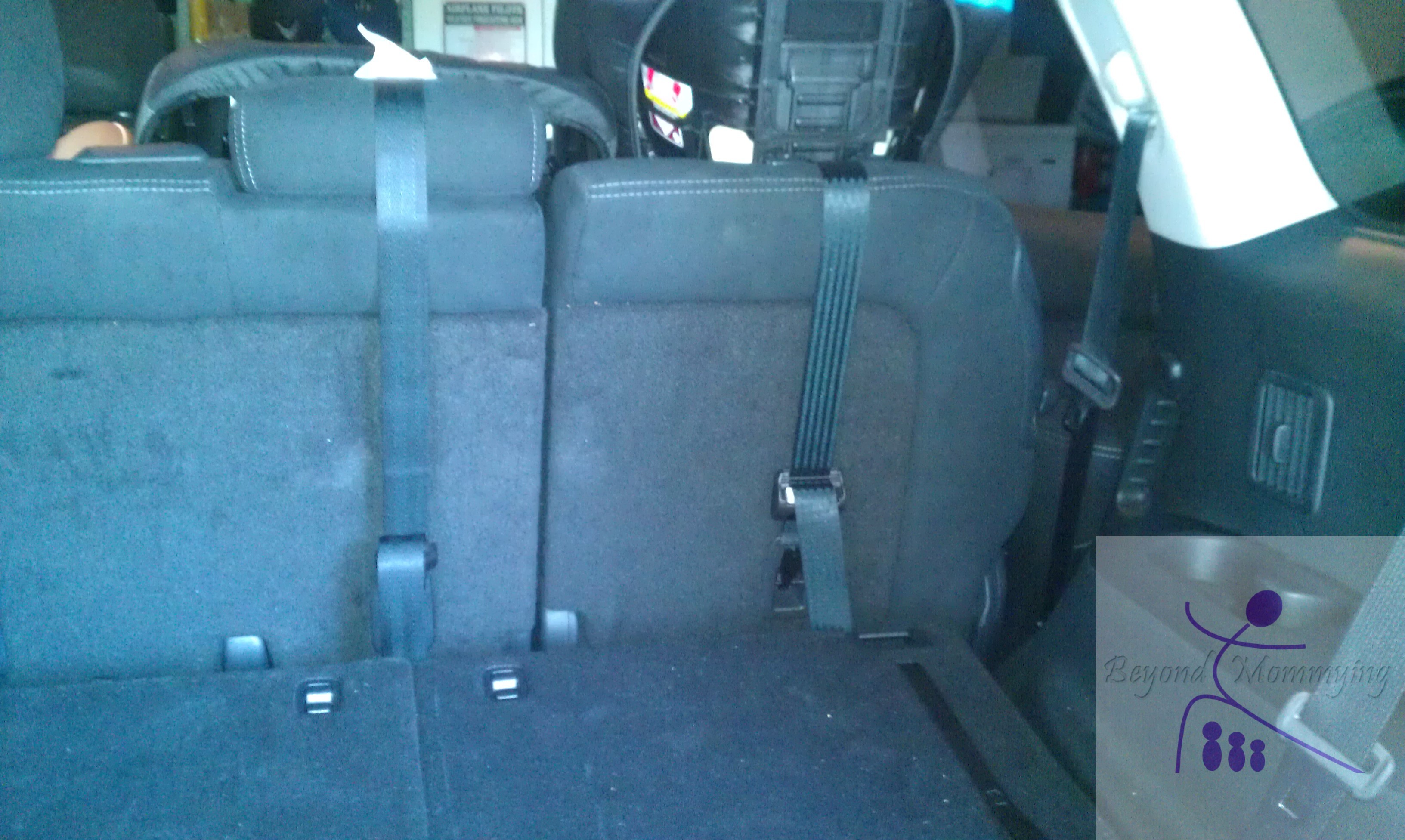
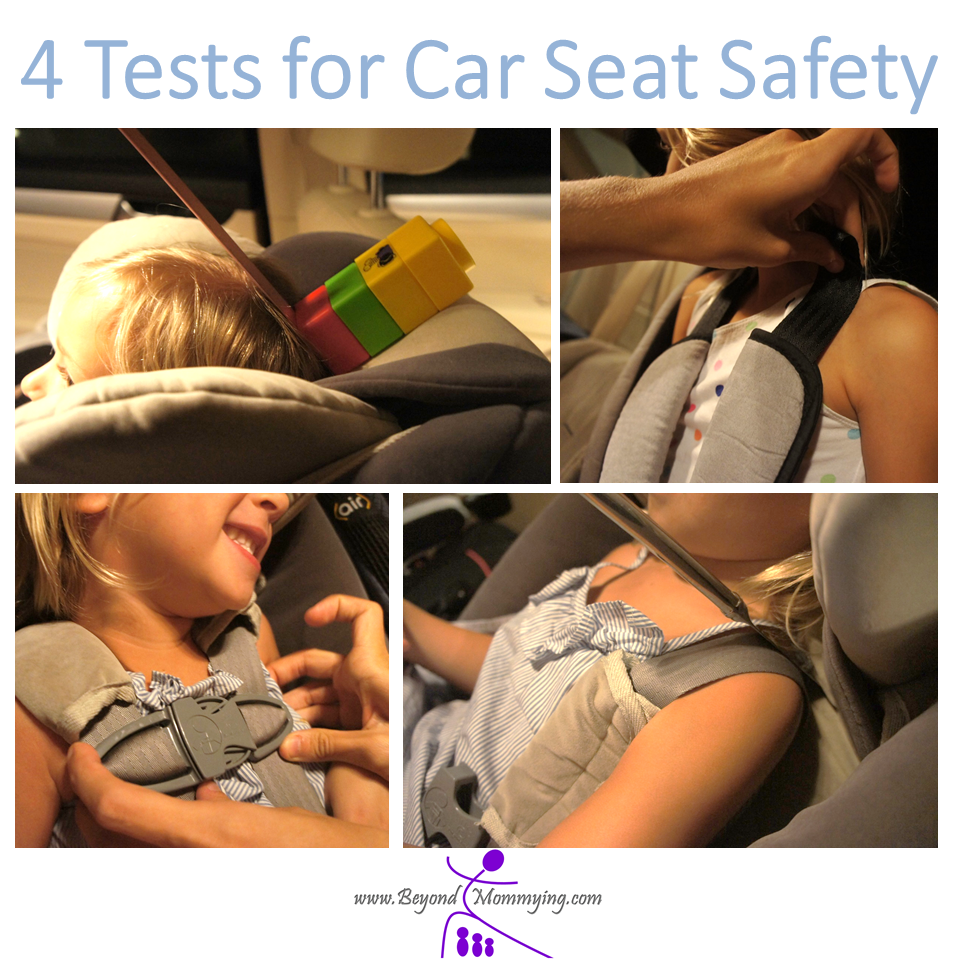
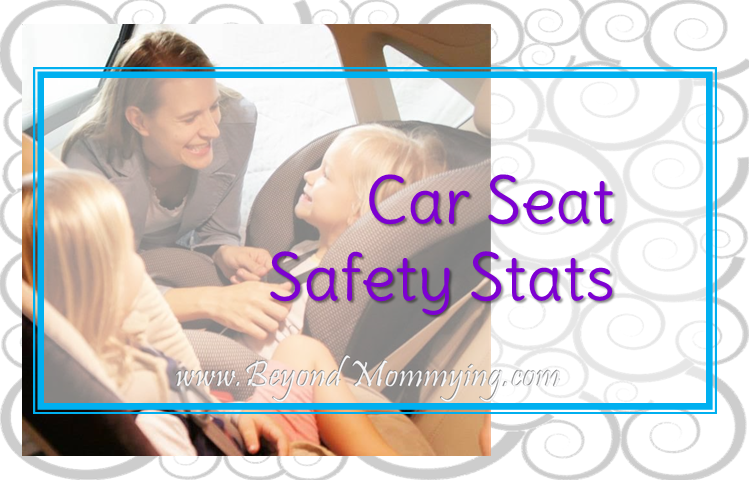
![Taking Baby Swimming: tips for being safe and having fun with baby in the pool [ad]](https://www.beyondmommying.com/blog/wp-content/uploads/2017/05/taking-baby-swimming-115x115.png)



Wow! So many things for new moms to know and learn. Its great you are pointing them all out – I know I made many mistakes when my son was young and I had no help.